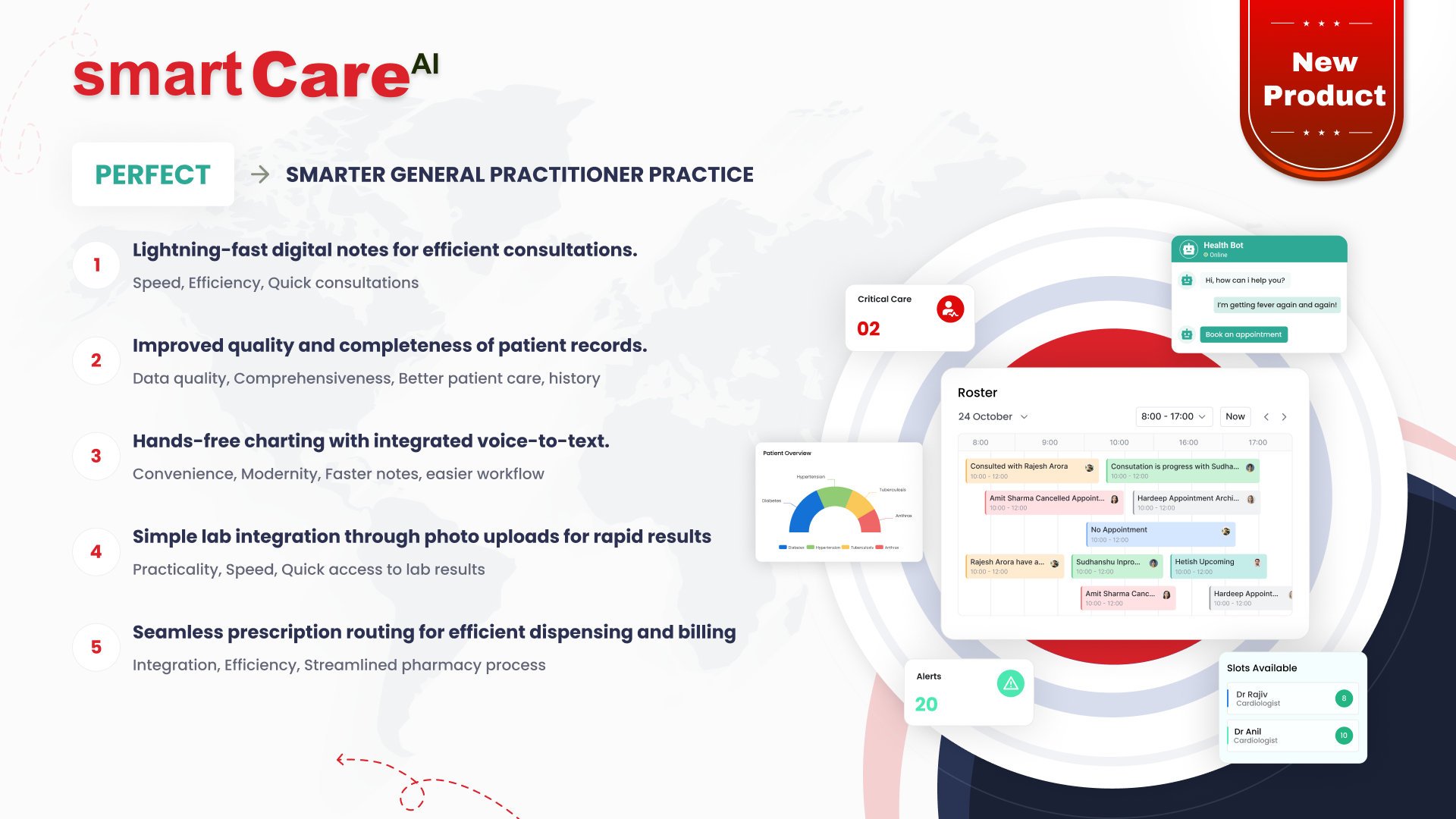
Posted On July 1, 2025
Agile, DevOps, and CI/CD: What’s the Difference and Why Should You Care?
In the fast-changing world of software development, terms like Agile, DevOps, and CI/CD are often thrown around. While they are interconnected, each plays a distinct role in making software delivery faster, more efficient, and more reliable. If you’re a business leader, product owner, or tech professional, understanding the differences can help you make smarter decisions.
Understanding the Basics: What Is Agile?
Agile is a project management methodology focused on flexibility, collaboration, and customer feedback. It breaks down projects into small, manageable chunks called “sprints,” which are typically completed in one to four weeks. Teams review progress at the end of each sprint and adjust as needed, allowing for continuous improvement and faster response to change.
Agile’s main goal is to deliver working software quickly while keeping customer needs at the centre of development. It encourages regular communication between cross-functional teams and stakeholders.
What DevOps Really Means in Today’s Development World
DevOps is a cultural and operational shift that brings together development (Dev) and operations (Ops) teams. It focuses on collaboration, automation, and continuous delivery to shorten the software development lifecycle.
By adopting DevOps, organisations aim to eliminate silos, speed up deployments, and improve the quality of software. It involves practices such as infrastructure as code, automated testing, and performance monitoring to ensure applications run smoothly in production.
CI/CD Explained: Making Software Delivery Smoother
CI/CD stands for Continuous Integration and Continuous Delivery (or Deployment). These are key practices in DevOps that aim to make the software release process faster and more predictable.
-
Continuous Integration involves regularly merging code changes into a shared repository, where automated tests are run to catch bugs early.
-
Continuous Delivery/Deployment ensures that the latest version of the software can be released to users quickly and reliably.
Together, CI/CD reduces manual effort, minimises errors, and enables more frequent updates.
Key Differences Between Agile, DevOps, and CI/CD
While Agile, DevOps, and CI/CD share common goals, they serve different purposes:
-
Agile is a methodology for managing software development projects.
-
DevOps is a culture that bridges the gap between development and operations.
-
CI/CD are technical practices that automate code integration, testing, and deployment.
Think of Agile as the process, DevOps as the mindset, and CI/CD as the toolset.
How Agile and DevOps Work Together in Practice
Agile and DevOps are not mutually exclusive; in fact, they complement each other. Agile helps teams plan and iterate efficiently, while DevOps ensures that code moves from development to production seamlessly.
For example, Agile encourages frequent software delivery, and DevOps enables the infrastructure to support it. Together, they promote collaboration, accountability, and continuous improvement across the software development lifecycle.
Why CI/CD Is Crucial for Faster and Safer Releases
CI/CD, short for Continuous Integration and Continuous Deployment, is all about automation. Developers can integrate code frequently, test it automatically, and deploy it reliably. This reduces the time between writing code and getting it live.
For businesses, this means fewer bugs, faster feedback loops, and quicker time-to-market. With CI/CD, software delivery becomes more predictable and less prone to human error, supporting consistent innovation.
Which Approach Fits Your Project Best?
Every project has different needs. Agile is best for projects that require flexibility and fast response to changes. DevOps focuses on collaboration between development and operations, making deployment smoother. CI/CD fits best where rapid, automated delivery is a priority.
Choosing the right approach depends on your team size, product type, customer demands, and deployment goals. Often, a blend of all three works best.
Common Misconceptions About Agile, DevOps, and CI/CD
Many assume these approaches are competing or interchangeable, but that’s not the case. Agile is a mindset and process. DevOps is a culture that connects development and operations. CI/CD is a set of practices that automate delivery.
They complement each other rather than replace one another. Understanding their distinct roles helps avoid confusion and sets the foundation for a streamlined workflow.
Real-World Examples of Agile, DevOps, and CI/CD in Action
Tech giants and startups alike use these methods to stay competitive. For instance, Agile teams at Spotify rapidly iterate based on user feedback. Netflix combines DevOps with CI/CD to deploy thousands of updates per day with minimal disruption.
These examples highlight the power of combining these approaches for continuous improvement, scalability, and enhanced user experience.
How These Methods Improve Efficiency and Team Collaboration
Agile, DevOps, and CI/CD break down silos between teams. Agile encourages cross-functional collaboration and quick adaptation. DevOps fosters shared responsibility between developers and operations. CI/CD automates repetitive tasks, freeing up time for innovation.
Together, they support a culture of continuous improvement, making teams more productive and aligned.
Conclusion
Understanding the difference between Agile, DevOps, and CI/CD is crucial for any organisation aiming to modernise its software development process. These approaches are not just buzzwords; they represent practical frameworks and tools that drive better software faster. By adopting the right mix of methodology, culture, and automation, businesses can stay competitive and deliver more value to their users.
Learn how Smart Data can help you implement Agile, DevOps, and CI/CD practices tailored to your organisation at smartdatainc.com.
